

Damion Smy
It's official: Europe to scrap 2035 combustion engine ban
3 Hours Ago
Guest User
My dashboard"My wife never cooks, so I thought it was the safest place to hide it". This is why you shouldn't sell your dream car.

Contributor
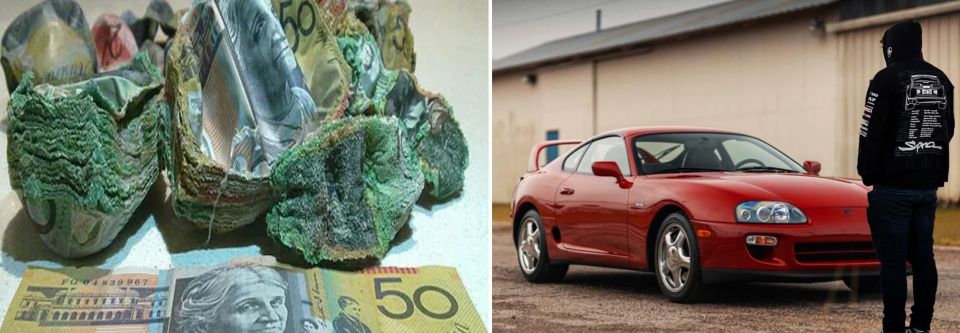

Contributor
His first mistake was selling his Supra at the bottom of the market. His second mistake, was hiding proceeds from the sale in his oven.
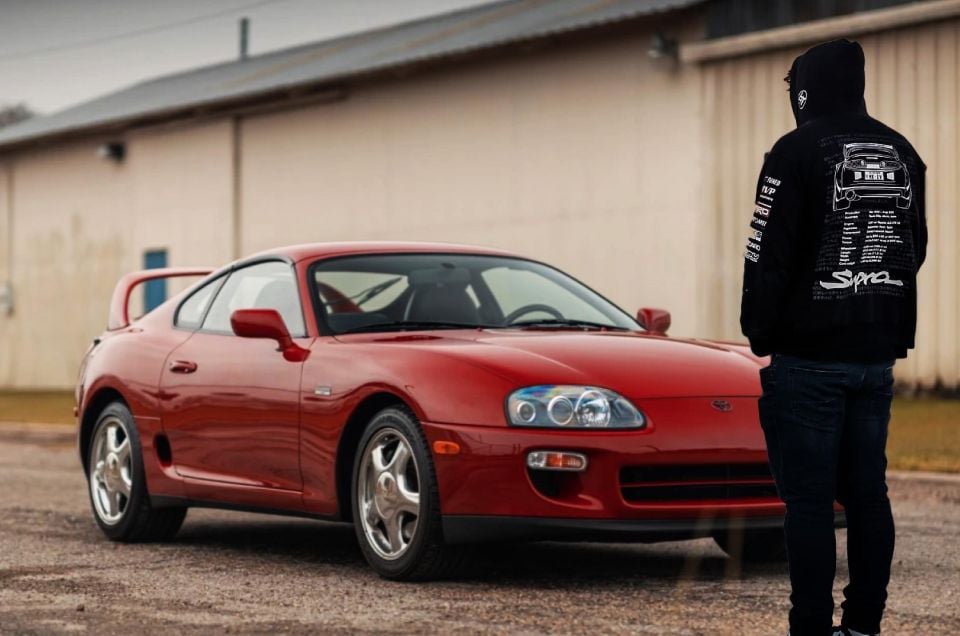
A Sydney man who hid bundles of $20, $50 and $100 notes in cash in his oven for safe keeping was left with a piles of colourful melted plastic blobs after his wife decided it was a good time to roast some chicken.
The Merrylands, NSW father, who does not wish to be identified, sold his beloved Toyota Supra for $15,000 and stashed the wads of notes in his kitchen oven. He said he figured the oven would be the safest place for it since his “wife never used it”.
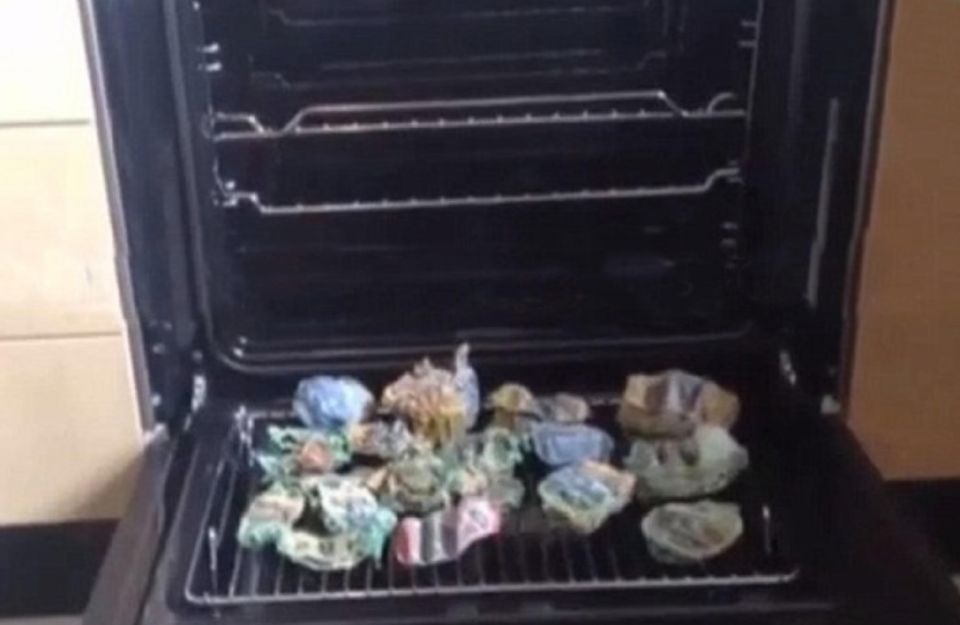
This decision came with near instant regret after his wife called him to inform him that she had inadvertently cooked the cash.
“It was everything I had,” he reported. “I’ve got nothing to my name. That money was supposed to go towards my mortgage.”
His wife was equally distraught and, could not stop crying when telling her husband after she discovered what happened: “The cash was baked into a colourful burnt mess.”
“I struggled to breathe, I said ‘I burnt the money, I burnt the money’. I felt like I was going to faint,” she said.
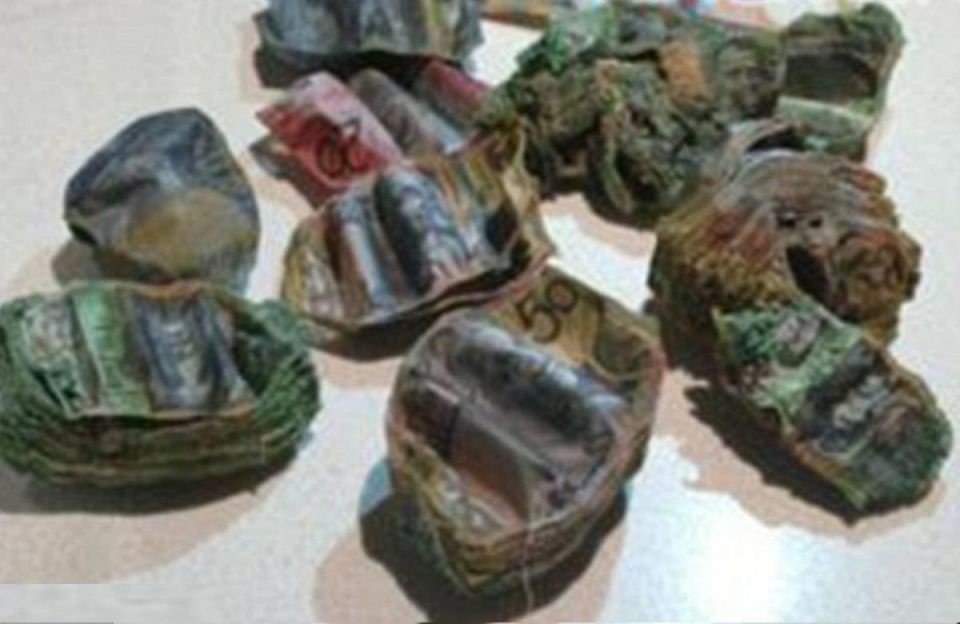
He said he was forced to sell his Supra to pay bills because the slow-down in the building industry had affected his business. “After a while it started to sink in, you’ve got kids, a mortgage, a family car to run and I’m thinking what am I going to do,” he said.
At the time of the incident, the 1993 flagship Toyota sports car was near the bottom of the market, fetching just $15,000. Today, that same vehicle would be netting somewhere north of $40,000.
The man reached out to Westpac and the Reserve Bank of Australia for help.
Initially his bank refused to accept the cash, however after speaking with management, they agreed to pass the notes to the RBA.
The Reserve Bank advises people to take damaged currency to a bank.
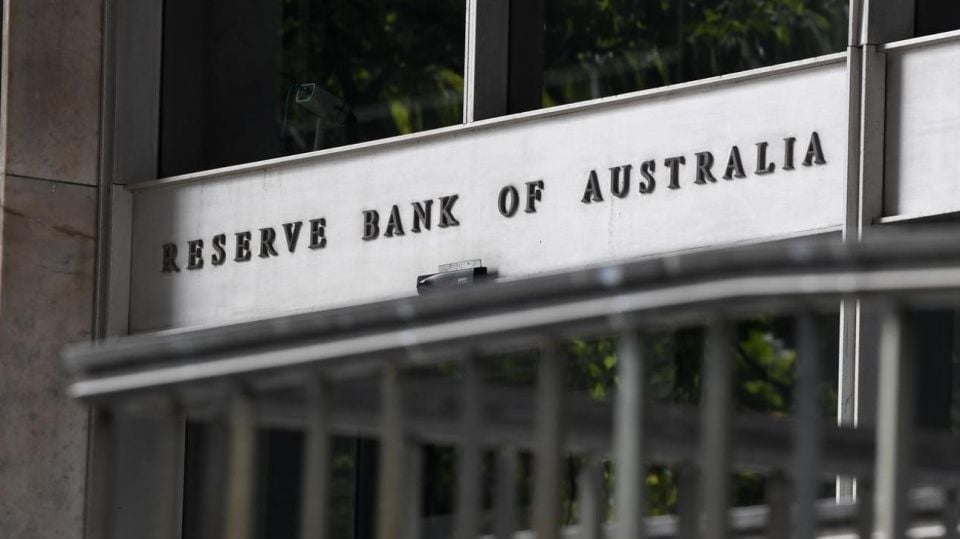
According to the Reserve Bank policy, “if several pieces of the same banknote are presented, the Reserve Bank’s policy is for each piece to be worth a share of the value in proportion to its size. The combined value paid should be the face value of the original banknote.”
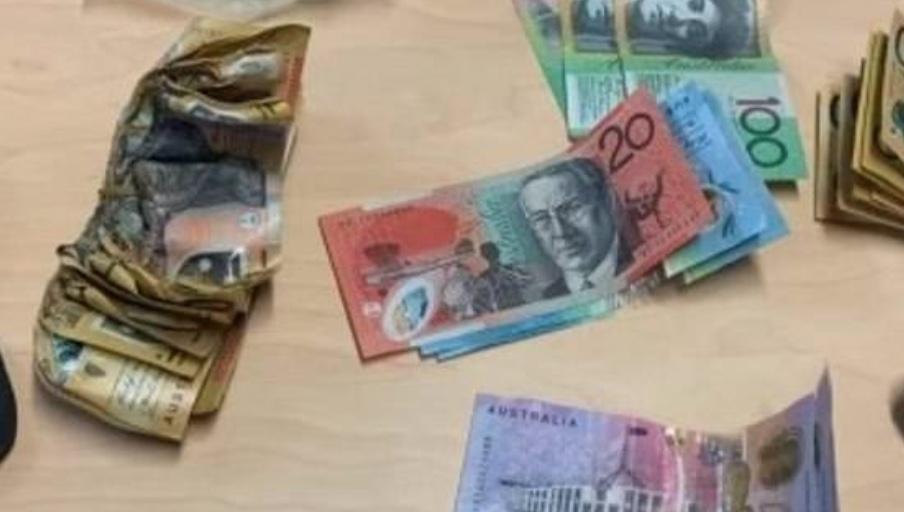
Thankfully in this case, the badly damaged the bills were in good enough condition to be replaced by the RBA.
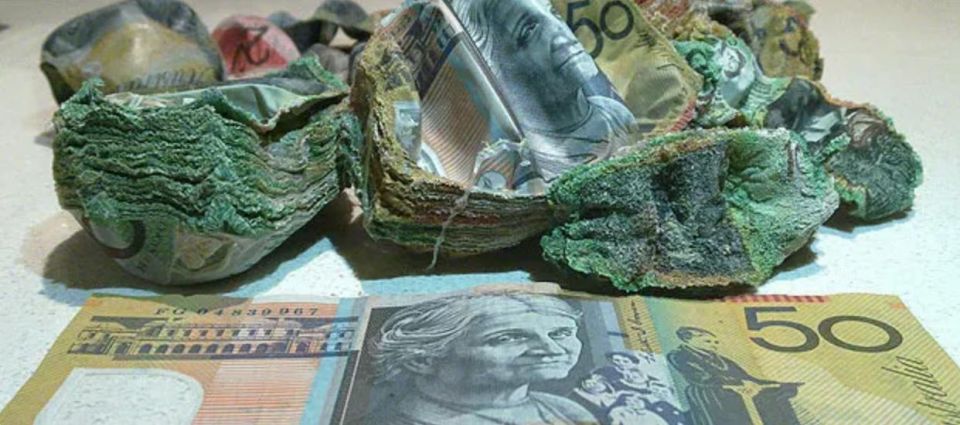
“If less than 20 per cent of the note is missing the full face value is paid, but if between 20-80 percent of the note is missing value is paid in proportion with the percentage remaining. If more than 80 per cent of the banknote is missing no payment is made.”
So kids, if you ever need a reason not to sell your classic JDM car, this is certainly a good one.
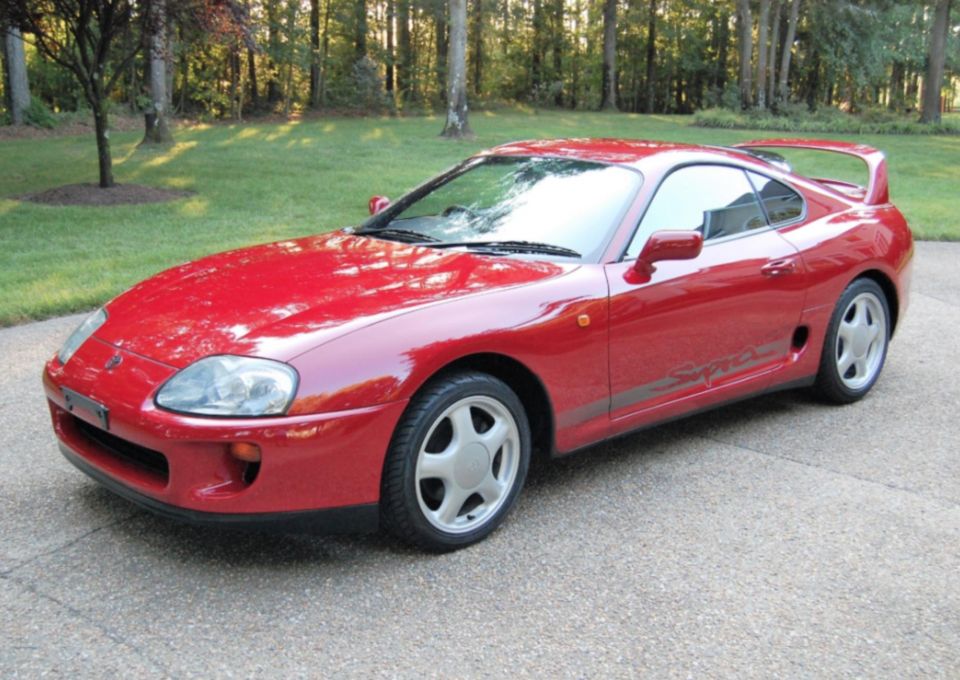
Mark Trueno is a CarExpert Contributor.


Damion Smy
3 Hours Ago


William Stopford
4 Hours Ago
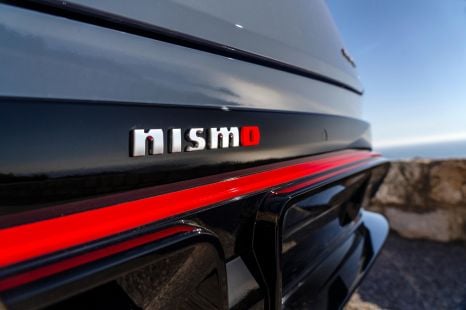

Ben Zachariah
4 Hours Ago
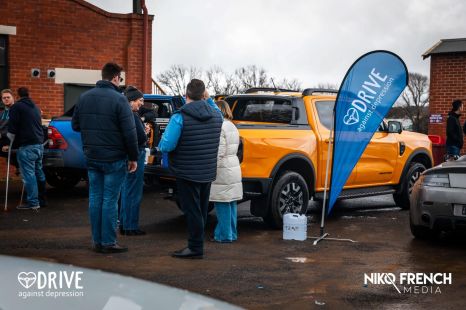

James Wong
4 Hours Ago


James Wong
8 Hours Ago


Derek Fung
9 Hours Ago